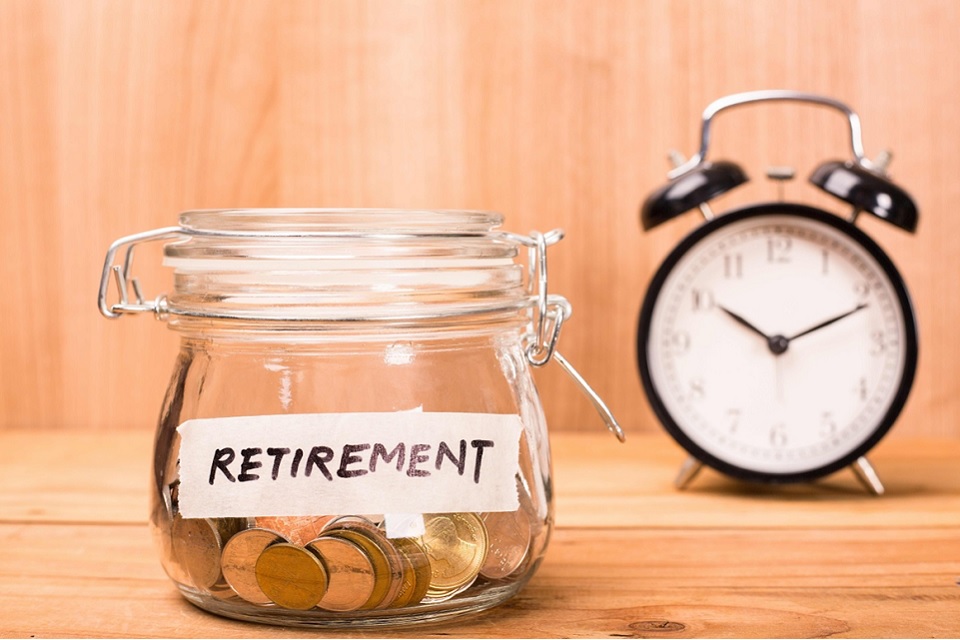Saving for retirement is one of the wisest decisions you can make. Every responsible person thinks about what will happen in the future when they will no longer have income from employment. Logically, what comes after the end of working life is a well-deserved retirement. But can the regular retirement savings program enable you to enjoy it fully?
After retiring in your mid-sixties, you should spend the rest of your life enjoying the fruits of your labor. There is a reason why this period of life is called a golden age. In an ideal world, no one would have financial problems after retirement. Unfortunately, the reality is a bit different, which forces people to think differently about their pension fund.
It has long been known that money that just sits around loses value. But when you put it in your retirement plan (see here what that is), it is a saving that earns interest, and that’s always good to have. But even so, it is good to find some extra sources of income to help you welcome the golden age more carefree. And investing is the best way to do so.
Reasons To Invest For Your Retirement
While you are still working, the best thing you can do is save and invest at the same time. You might think it is hardly doable, but it is all a matter of good planning. Small amounts directed in the right way can make a significant difference in your retirement fund, so you understand investing is always a good decision.
If you invest a portion of your savings, you can accumulate wealth to be an excellent support to your retirement fund. It is an excellent way to save your funds from inflation, as money invested in different assets can easily outpace inflation and its negative effects.
That extra money you make from your investments will help you maintain your desired lifestyle. It is great when you can have peace of mind knowing you have a financial safety net for whatever it takes. So, whether you dream of traveling the world, pursuing hobbies, or spending time with loved ones, having enough cash gives you the freedom and flexibility to enjoy your post-work years.
But we must also mention the not-so-pleasant things, namely healthcare costs. Considering that the lifespan has been significantly extended (good health care is certainly one of the main reasons for this), this cost should also be kept in mind. Investing for retirement ensures you have enough funds to cover healthcare costs during your retirement years.
Build Portfolio Now To Enjoy Income Later
 As with savings, you will get the most benefits from investments if you start building your portfolio as early as possible. It is something like a collection of all assets in which you have invested money and expect to generate some income. You can work on the portfolio independently, but it is generally advisable to seek the help of an investment expert, especially when you are a beginner in investing.
As with savings, you will get the most benefits from investments if you start building your portfolio as early as possible. It is something like a collection of all assets in which you have invested money and expect to generate some income. You can work on the portfolio independently, but it is generally advisable to seek the help of an investment expert, especially when you are a beginner in investing.
More tips on hiring a financial advisor find below:
https://www.nerdwallet.com/article/investing/how-to-choose-a-financial-advisor
How you design your portfolio depends on many factors. Certainly, among the most important is the amount you want to invest, as well as whether it will be a one-time shot, or you want to do it continuously. It also matters when you plan to start, that is, how long you have until retirement. In the end, the content of your portfolio will also depend on your risk appetite, based on which you will form an investment strategy.
People have different preferences towards risk, hence more or less interested in investing. In general, those who have been saving for retirement for many years do not want to gamble, so if they do invest, they usually opt for low-risk assets that bring a relatively safe but small profit. On the other side are people more prone to risk, who choose some riskier but more profitable investment vehicles in their portfolio.
How Much To Invest
 One of the first financial rules is to always have a certain amount saved. That is why a part of your income should always be set aside for these purposes, usually up to 10%. It is an additional saving, something like an emergency fund that comes in handy in case of sudden expenses. This is not to be confused with retirement savings, which you make through employer contributions to your IRA or 401(k).
One of the first financial rules is to always have a certain amount saved. That is why a part of your income should always be set aside for these purposes, usually up to 10%. It is an additional saving, something like an emergency fund that comes in handy in case of sudden expenses. This is not to be confused with retirement savings, which you make through employer contributions to your IRA or 401(k).
The biggest portion of about 50% of your income goes for bills and living expenses. About 15 to 20% should be left for you to invest. This percentage is lower if you start earlier and higher if you decide to invest when you are closer to retirement. And about 20% should be left for discretionary expenses, or if you want, toward more savings – it will not hurt.
Assets To Include In Your Portfolio
In general, you can design your investment portfolio any way you want. But if you want to do it right, you have to establish a good balance between less and more risky assets. Experts agree that investors nearing retirement should give a slight preference to less risky investment vehicles, like bonds, dividend-paying stocks, and high-yield savings accounts.
Bonds
 Among all investment vehicles, bonds seem to be the most conservative ones. Historically, they have always been a desirable asset for all those who want a safe and stable profit. So,they are a logical choice for investors approaching retirement.
Among all investment vehicles, bonds seem to be the most conservative ones. Historically, they have always been a desirable asset for all those who want a safe and stable profit. So,they are a logical choice for investors approaching retirement.
Bonds typically pay regular interest payments, which is a fixed income stream that always comes in handy. At their maturity, they also provide a principal return, meaning you can preserve your capital and ensure stability in a retirement portfolio.
There are a variety of bonds you can invest in, but the most common ones are government bonds or those issued by corporations. They differ in yields (depending on the current interest rate and the issuers’ credit rating) and years to maturity. And you are free to have as many of these assets as you want. In fact, it is highly desirable to create a well-diversified portfolio of bonds.
 Dividend-Paying Stocks
Dividend-Paying Stocks
When you plan for retirement and save for that life stage, you aim to preserve the capital and protect it from inflation. But that does not mean you just leave it to sit for nothing. Instead, you should “employ” your money, and a clever way to mitigate risks is to invest in stable stocks. They are a little riskier than bonds but bring a solid return to your retirement nest.
High-quality dividend stocks are issued by companies that are industry leaders. Those are big names in the business world, with stellar reputations and a long history of reliable performance. It means that they can provide you with profit in the long run, which is especially important because that cash flow can continue long after retirement. And you can always reinvest dividends.
High-Yield Savings Accounts
This is not an investment in the true sense of the word because it cannot be “traded” like stocks and bonds. It is rather an additional type of savings with a higher interest rate on deposits. There is actually no risk like other investments, and your money grows. There may be minor interest rate changes due to market movements and APR changes at the global level but yield still remains higher than average.
Leaving some of your retirement capital in a high-yield account is a good form of short-term saving. You can do this if you are only a few years away from retirement. Or if you have some goal that you want to reach without usurping your savings.
This type of investment is not a place for daily banking, so you just have to leave your money there and watch it grow. If you are interested in more assets for your portfolio, you can see the review and get more information on investing in precious metals.
Building a sound portfolio of investments that should contribute to your retirement fund is a slippery field, as many factors should be taken into account. Still, with some knowledge and expert help, you can invest your money wisely and watch it grow in years to come.


